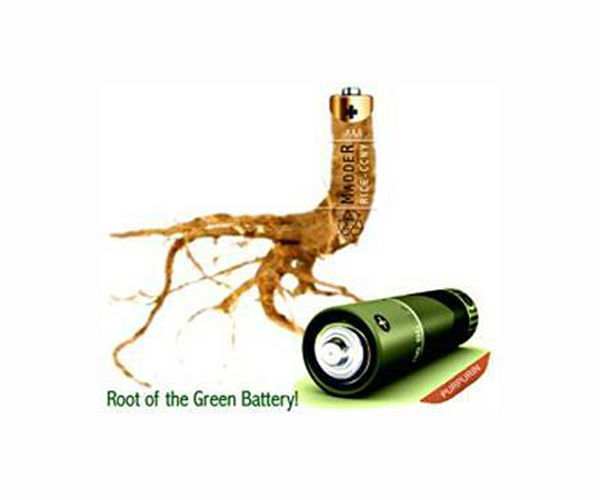Discovery of green batteries turns waste into treasure
The batteries used in our phones, appliances and even cars rely on metals such as lithium and cobalt, sourced from intensive and invasive mining. As more products begin to rely on battery-based energy storage systems, moving away from metal-based solutions will be critical to facilitating the transition to green energy.
Now a team from Northwestern University has transformed an organic industrial waste product into an efficient storage medium for sustainable energy solutions that could one day be deployed on a much larger scale. This is the first time that a waste molecule – specifically triphenylphosphine oxide (TPPO) – has been used to power a redox flow battery.
“Battery research has traditionally been dominated by engineers and materials scientists,” said Northwestern chemist and lead author Christian Malapit. “Synthetic chemists can contribute to the field by molecularly engineering an organic waste product into an energy storage molecule. Our discovery demonstrates the potential of transforming waste compounds into valuable resources, and provides a sustainable path for innovation in battery technology.”
Malapit is an assistant professor in the chemistry department at Northwestern’s Weinberg College of Arts and Sciences.
What are redox flow batteries?
Unlike lithium and other solid-state batteries that store energy in electrodes, redox flow batteries use a chemical reaction to pump energy back and forth between electrolytes, where their energy is stored. Although not as efficient in terms of energy storage, redox flow batteries are believed to be much better solutions for network-scale energy storage. The redox flow battery market, which currently makes up a small part of the battery market, is expected to grow by 15% between 2023 and 2030 and reach a value of 700 million euros worldwide.
Electricity from a common waste product
Thousands of tons of TPPO are produced annually by many organic industrial synthesis processes – including the production of certain vitamins, among others – but it becomes useless and must be carefully discarded after production.
According to the new research, published in the Journal of the American Chemical Society, a “one-pot” reaction allows chemists to convert TPPO into a useful product with powerful energy-storing potential.
“Not only can an organic molecule be used, but it can also achieve high energy density – bringing it closer to its metal-based competitors – along with high stability,” says Emily Mahoney, a Ph.D. candidate in the Malapit lab and the first author of the paper. “These two parameters have traditionally been challenging to optimize together, so it is particularly exciting to be able to demonstrate this for a molecule composed of waste.”
To achieve both energy density and stability, the team needed to identify a strategy that could pack electrons close together in the solution without losing storage capacity over time. They looked into the past and found a 1968 paper describing the electrochemistry of phosphine oxides, and, according to Mahoney, “they ran with it.”
To then evaluate the molecule’s resilience as a potential energy storage device, the team conducted tests using static electrochemical charge and discharge experiments, similar to the process of charging a battery, using the battery and then recharging it , over and over again. After 350 cycles, the battery retained remarkable health and lost negligible capacity over time.
What’s next
“This is the first time that phosphine oxides – a functional group in organic chemistry – are used as the redox-active component in battery research,” said Malapit. “Traditionally, reduced phosphine oxides are highly unstable. Our molecular engineering approach addresses this instability and paves the way for their application in energy storage.”
In the meantime, the group hopes that other researchers will take the lead and work with TPPO to further optimize and improve its potential.
Research report:Triphenylphosphine Oxide Derived Anolyte for Application in Non-aqueous Redox Flow BatteryClick to copy article link


